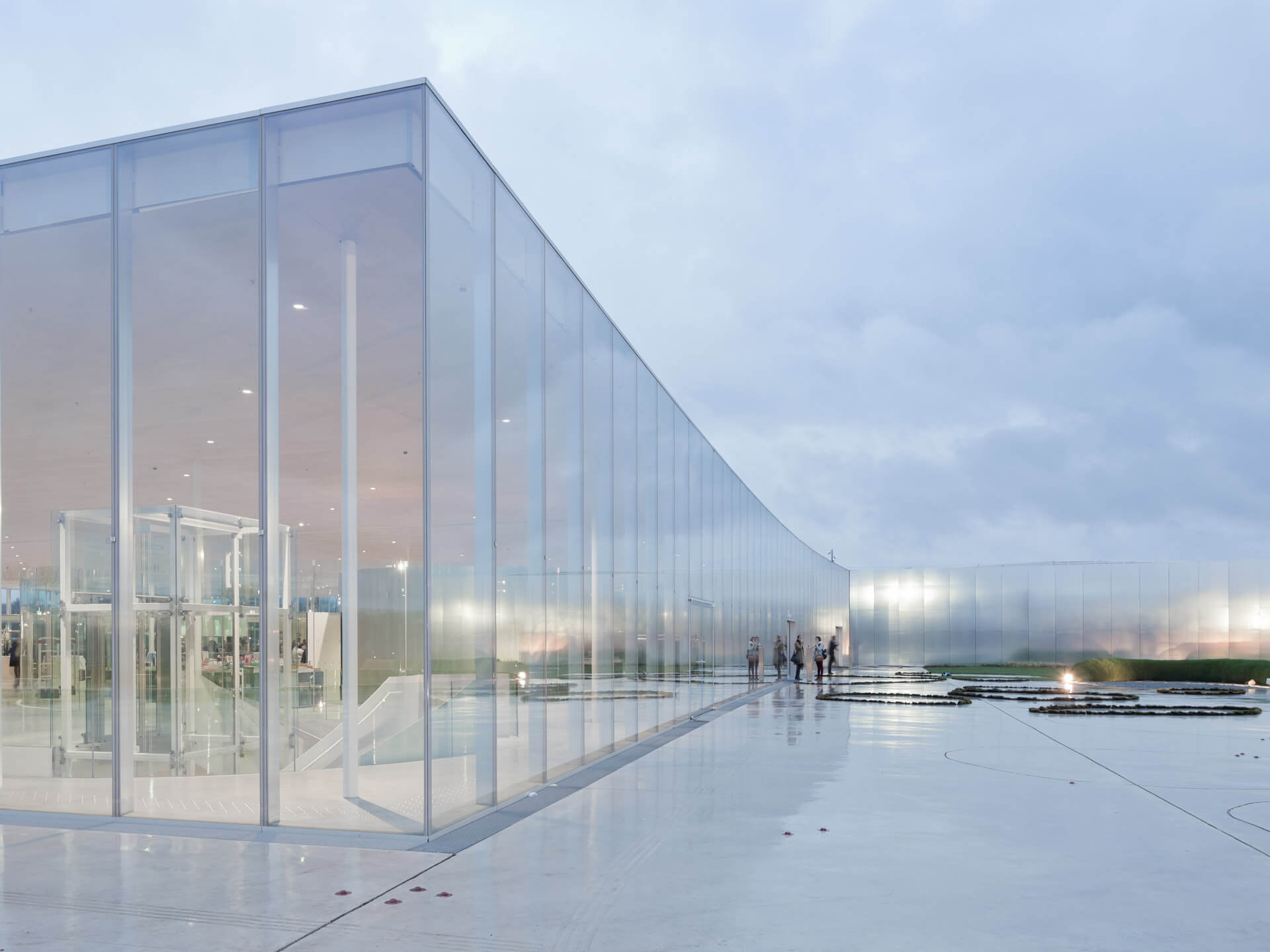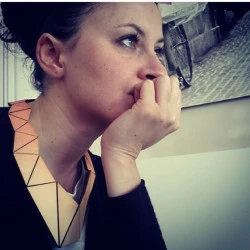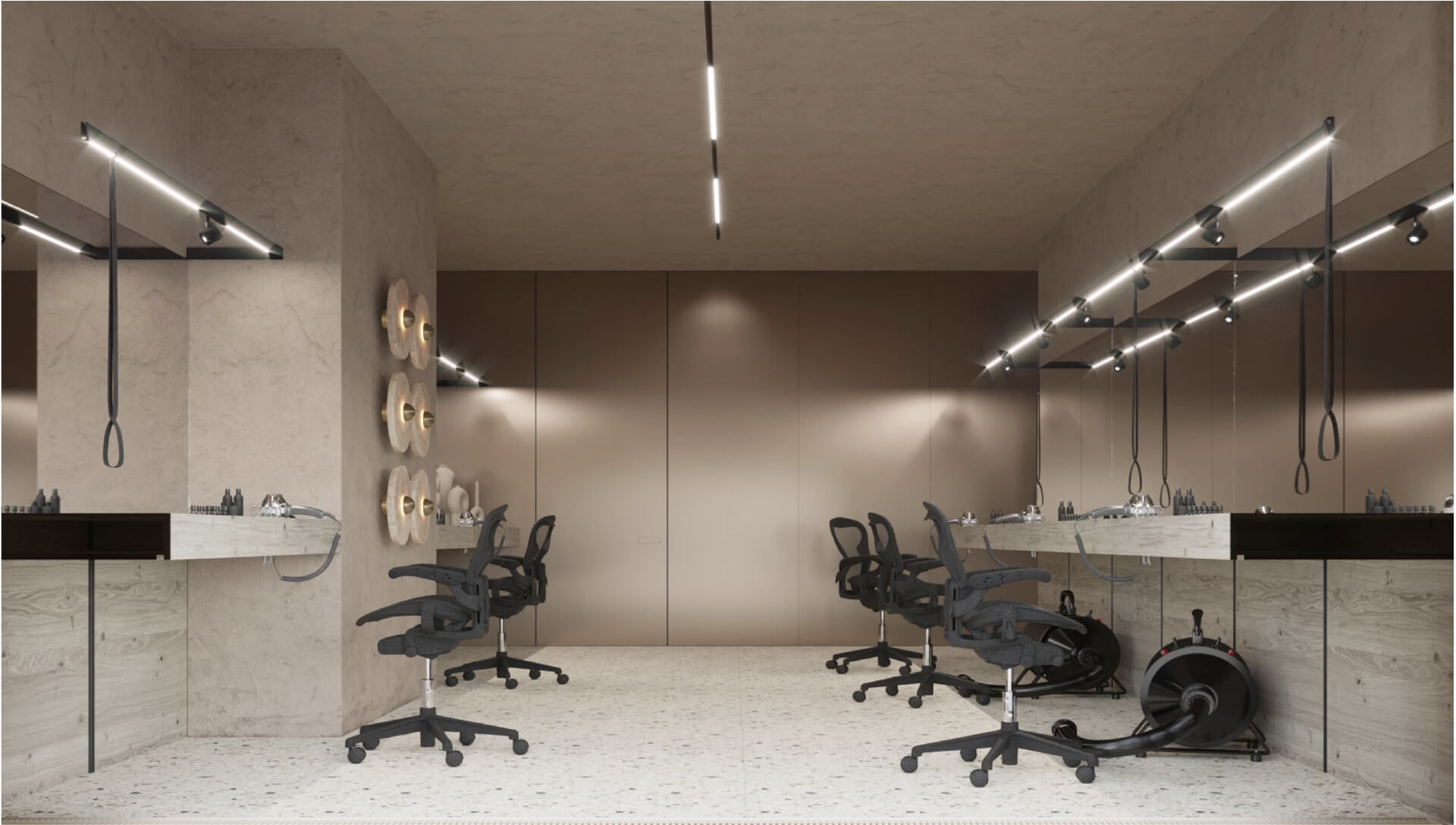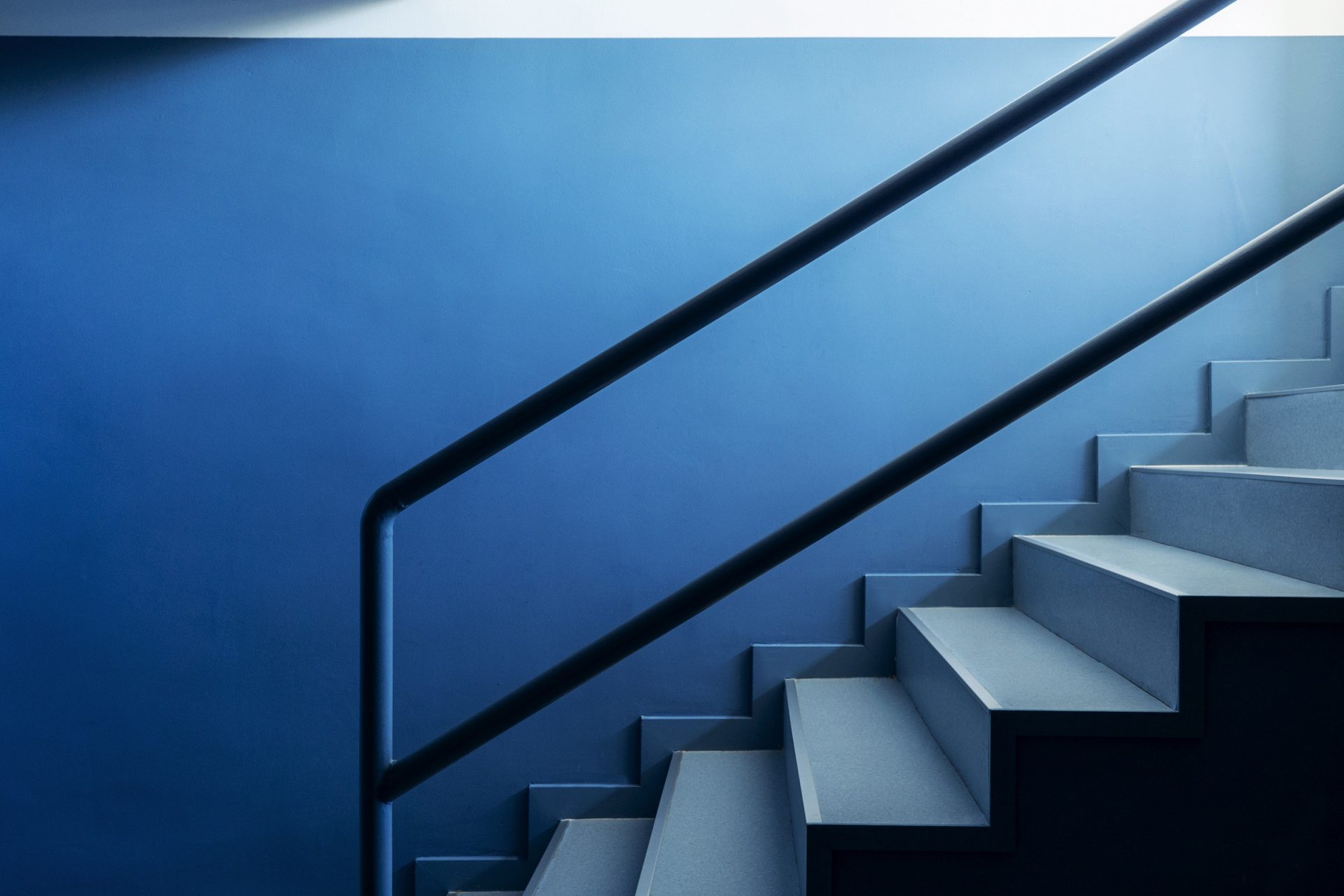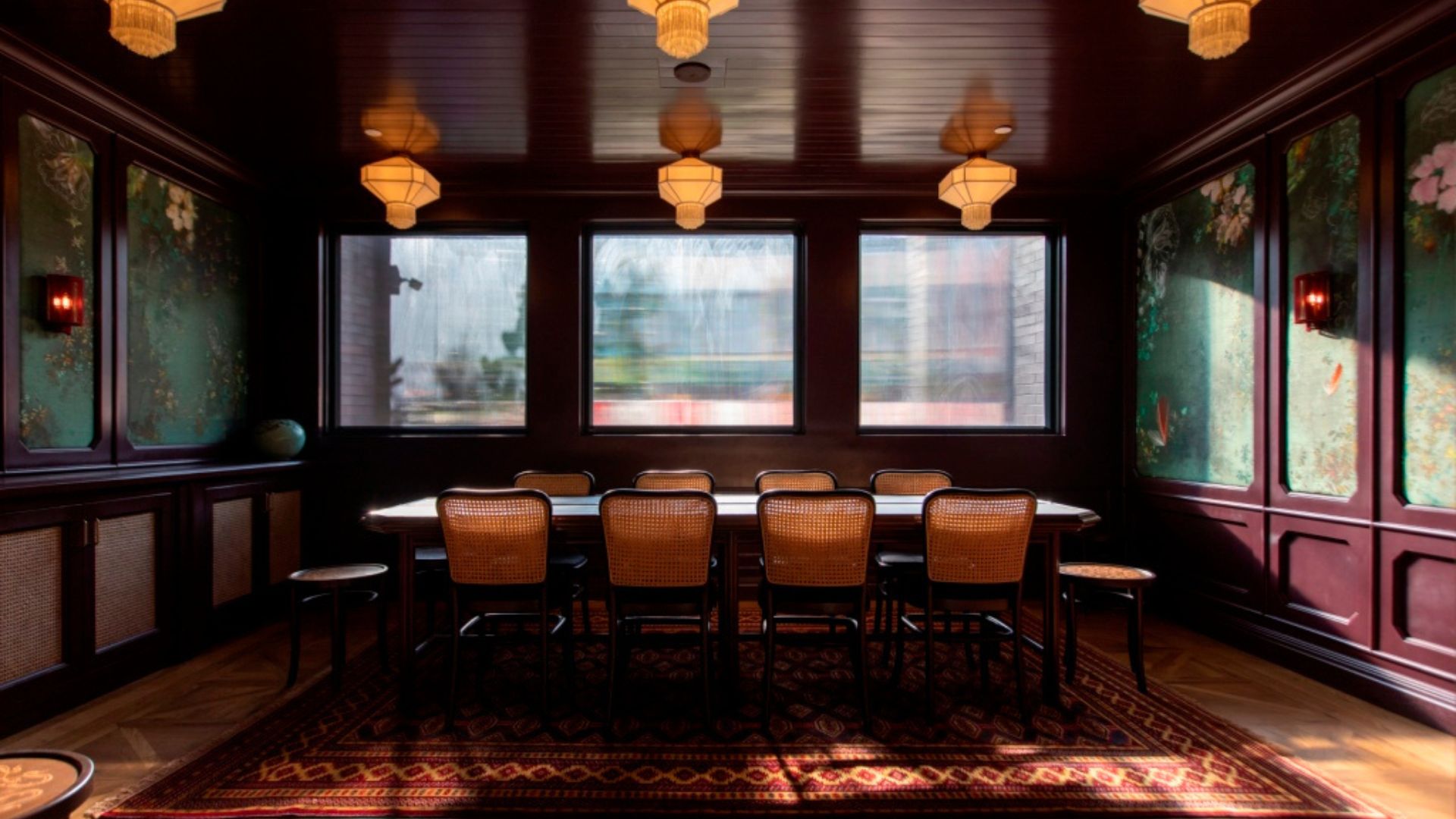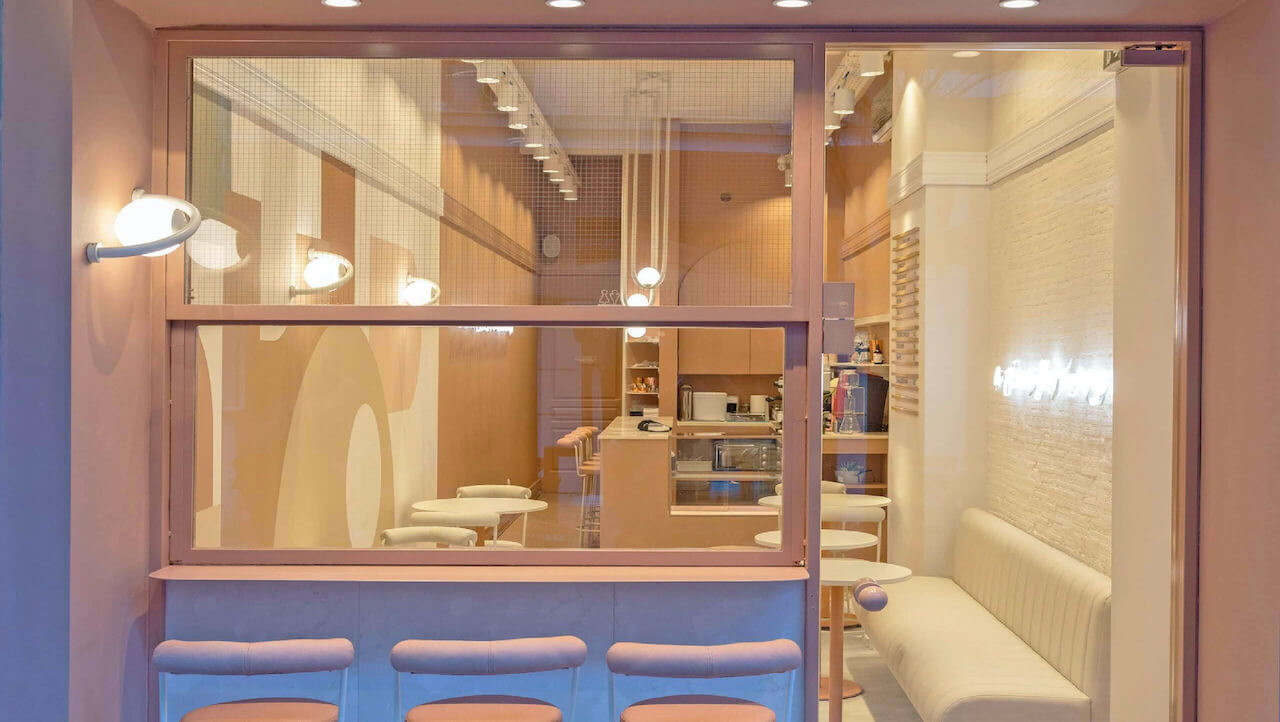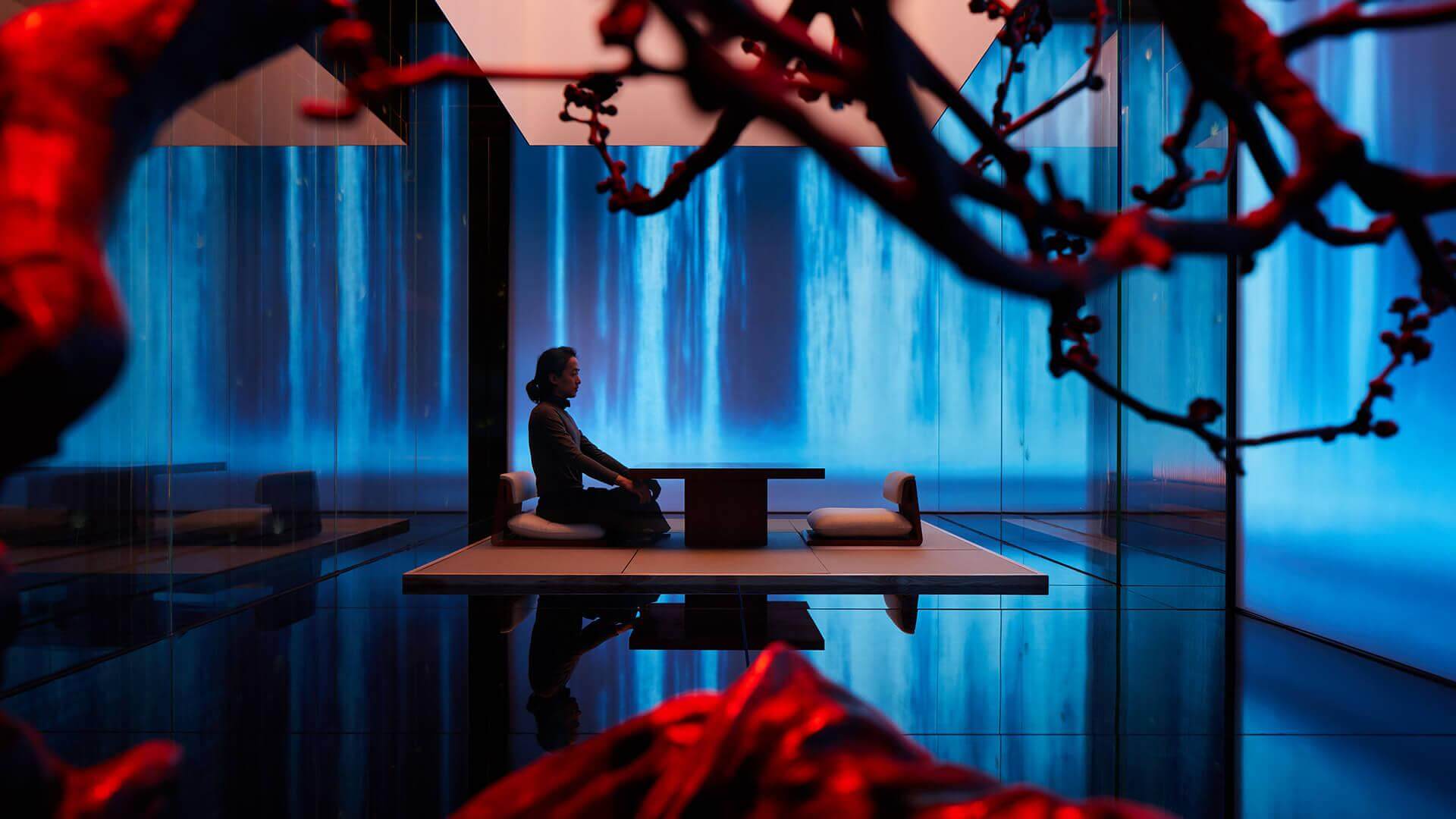Kazuyo Sejima’s sophisticated aesthetic is a quest for airiness and idealism
According to Kazuyo Sejima, the most sought-after architect in Japan, architecture is how people meet in space.
Kazuyo Sejima doesn’t consider any of her projects to be finished until its inhabitants put life into it. The social aspect of her work is realized through a signature fluid style that is intertwined with nature and blends outdoor spaces with the interiors: metal, glass and marble for transparent, breathtaking yet delicate lines that gently slip into the landscapes.
With a master degree in architecture from the Japan Women’s University, Sejima has been working with Toyo Ito, an uncontested Japanese architectural master, before founding her own practice in 1987.
Her early projects have an interesting approach to transience and neutrality, but it is in the first years of the ’90s that Sejima established herself as one of the most refined personalities in Japanese architecture while founding SANAA, a new practice developed along with Ryue Nishizawa.
Gallery
Open full width
Open full width
Kazuyo Sejima – Higlights:
New Museum of Contemporary Art – New York City
This sharp, strong impact building gained SANAA an international reputation: located into the dense urban setting of Lower Manhattan, the New Museum of Contemporary Art interacts with the surroundings ‘boxes’ replying them one on top of the other with small but significant shifts off-axis that allow for terraces and variations.
Each space of the seven-story monolithic building is filled with light and built with the use of industrial materials, with the glass storefront conferring a deliberate openness to the museum’s new arts and ideas.
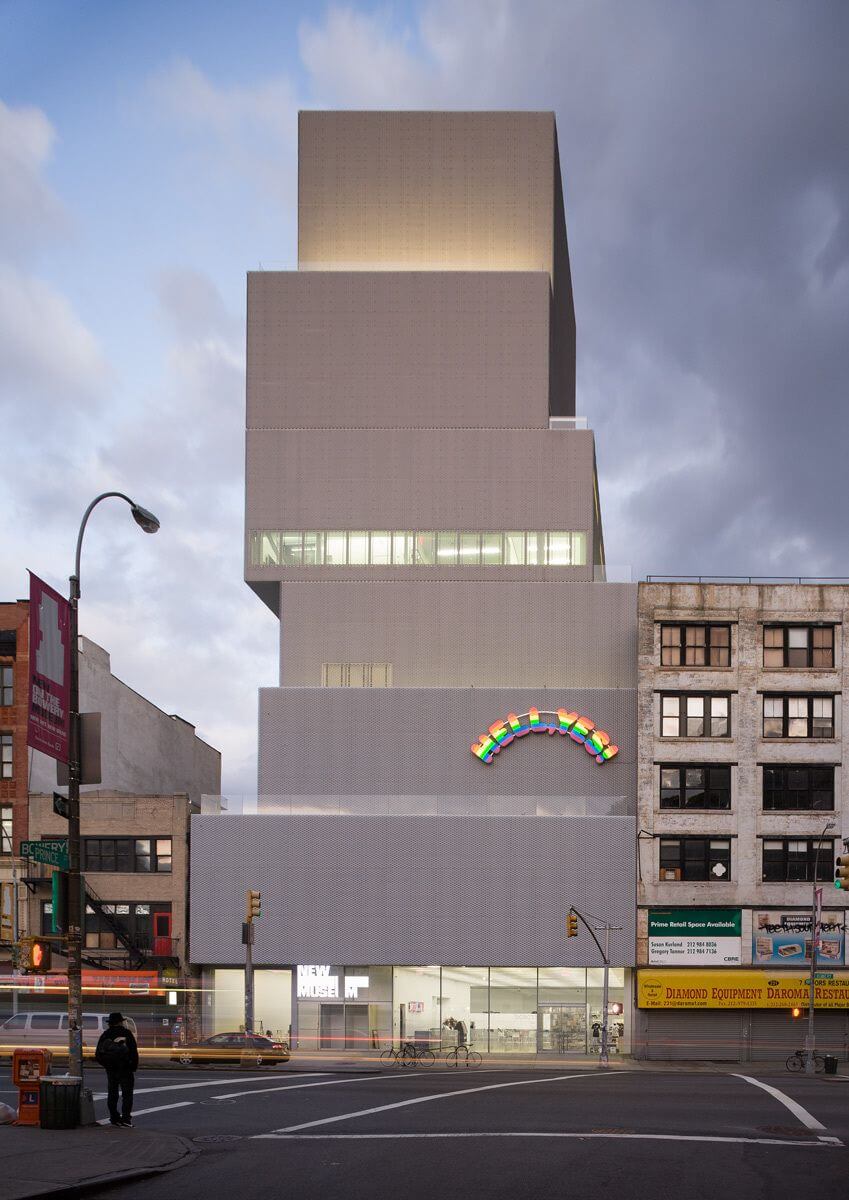
Rolex Learning Center – Lausanne
2010 was a great year for Kazuyo Sejima. Along with Ryue Nishizawa, the architect won the Pritzker Prize and she was the first woman to direct the Venice Biennale and inaugurated one of SANAA‘s most famous projects.
The Rolex Learning Center in Lausanne is a pleasant walk on a hill with a view on the lake and on the Alps: taking into account the new studying methodology and the new forms of interaction of the XXI century, the gigantic, fluid, squared open space offers the necessary flexibility for a versatile living that emphasizes the possibilities of meetings and sociality.
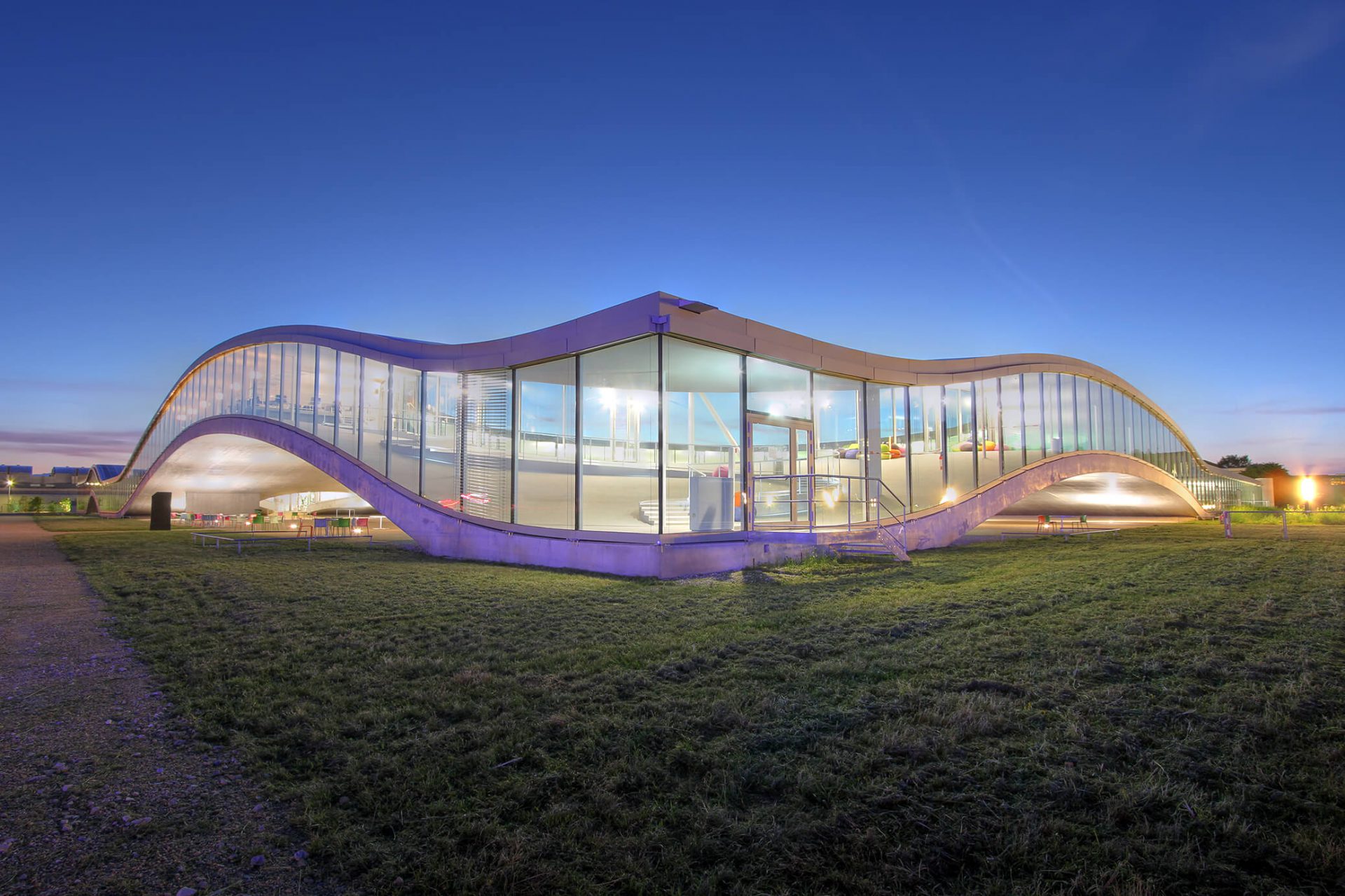
Zollverein School of Management and Design – Essen
For Sejima and Nishizawa the Zollverein School was the first project in Europe: an almost perfect 35-meter concrete cube that stands in strong contrast with the surroundings, acting as a bridge between the suburban texture and the future design development of the site, realized by Rem Koolhaas/OMA.

Sumida Hokusai Museum – Tokyo
A temple to the work of Sumida Hokusai, the Hokusai museum was designed as a cultural lighthouse accessible from all sides of the surroundings: a 4 story slightly mirrored angular building that gently reflects scenes from the downtown area, inviting the locals to come closer to the work of Japan’s most famous artist.
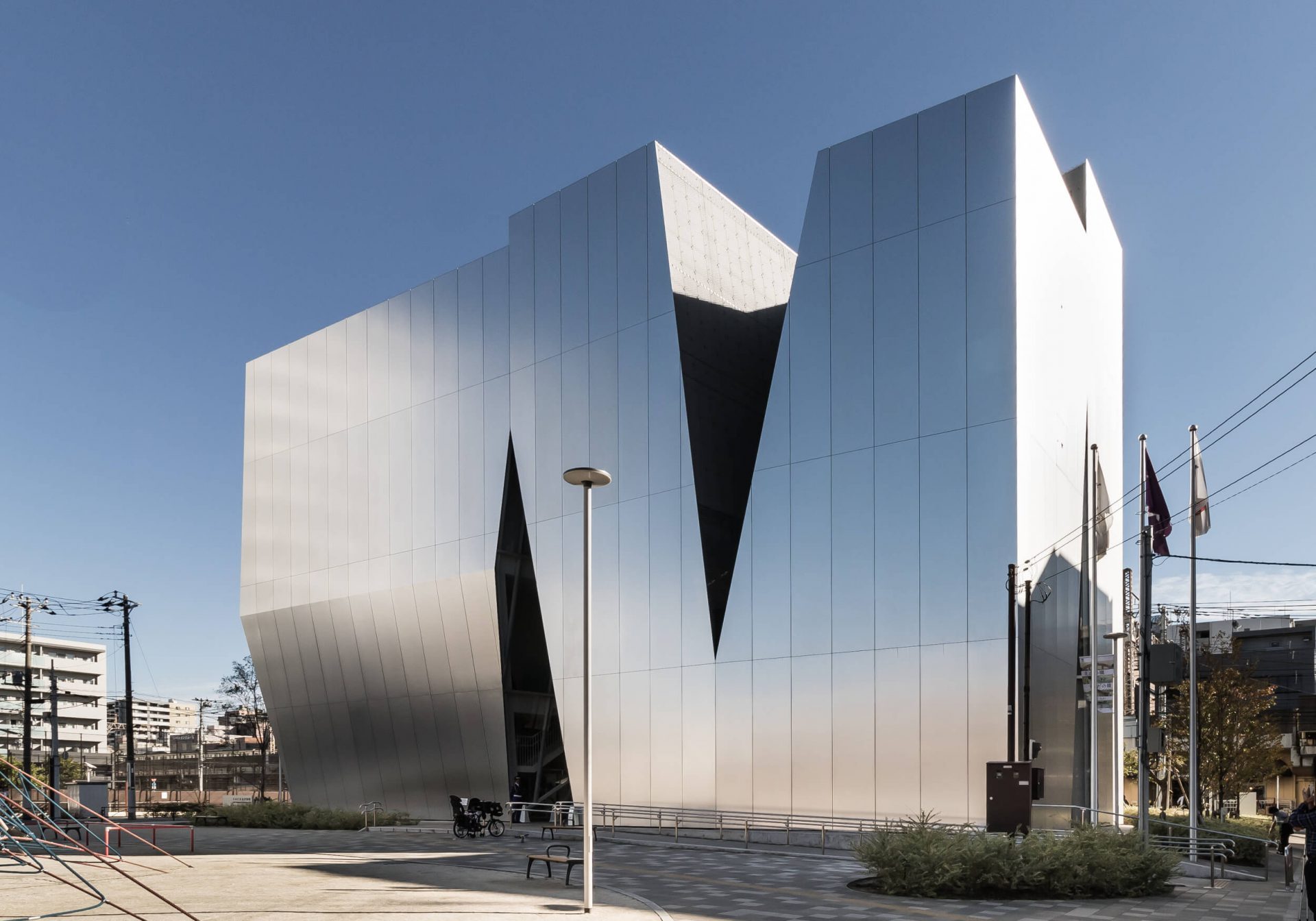
Louvre-Lens Museum – Lens
A short structure that harmoniously merges with the landscape, with slightly curved facades that sometimes reflects the outside, sometimes blends with it. The spectacular Lens detachment of the world’s most famous museum is surrounded by a park that constitutes an essential part in the identity of the museum, with suggested paths, picnic areas and en plain air events.
